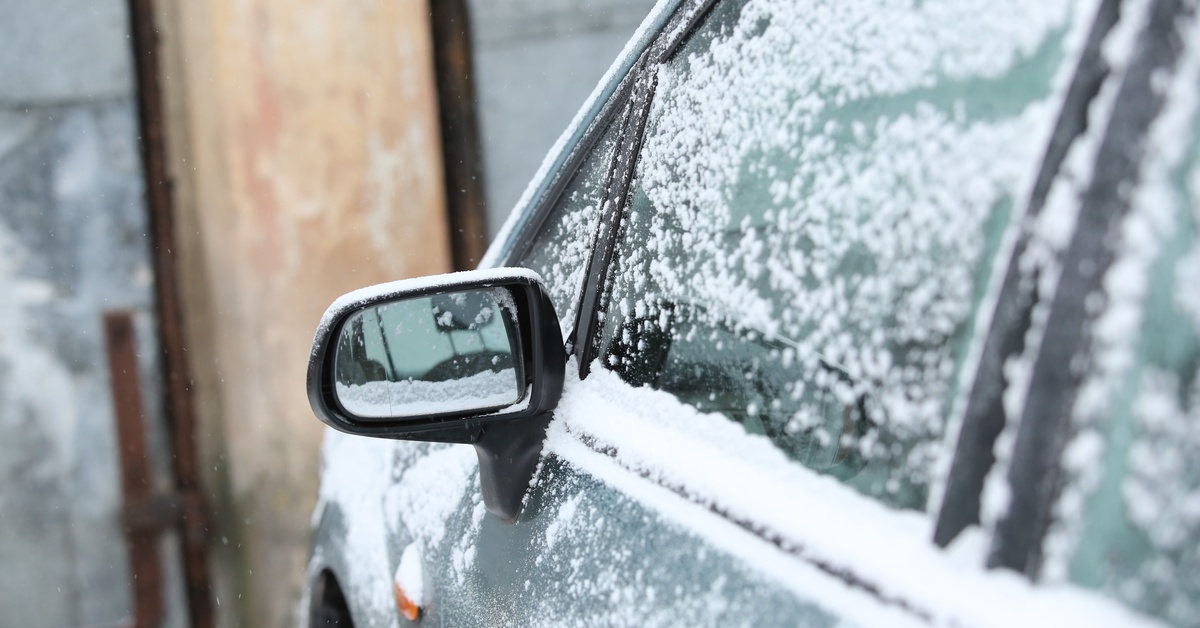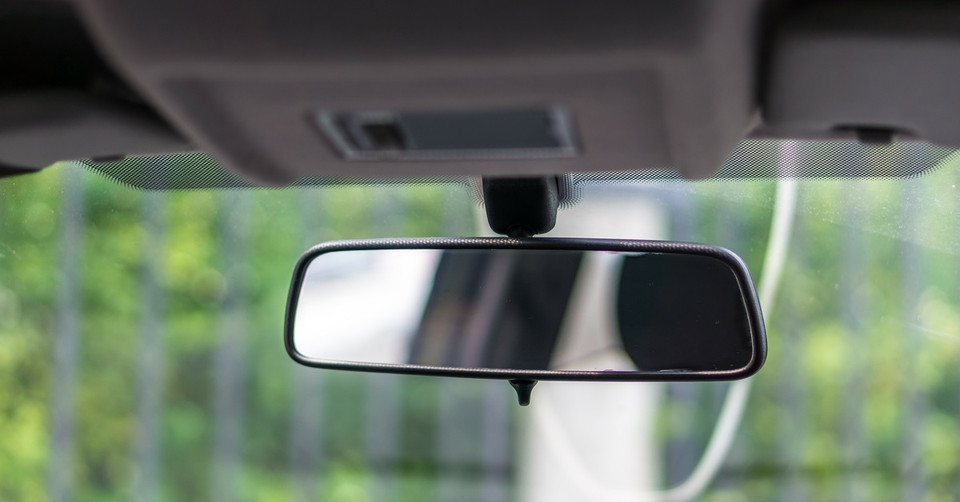Just like many other vehicle components, Toyota continues to optimize its rearview mirrors with safety and convenience in mind. However, these additions could result in physical or technological damage that hinders your driving performance if left unchecked. Avoid driving in unsafe conditions by discovering five common issues with Toyota rearview mirrors and how you can resolve these problems through preventative maintenance.
1. Electrical Failures in Toyota Rearview Mirrors
Your rearview mirrors come installed with electrical wiring for additional features like many other vehicle components, such as auto-dimming and de-fogging systems. However, this added technology comes with the risk of electrical issues. Problems with the electrical components in their rearview mirrors can lead to inconsistent performance or system failures for some Toyota owners, so resolve these issues quickly before they affect your driving.
Auto-Dimming Features That Don’t Work
An auto-dimming mirror adjusts its tint based on ambient light to reduce glare from headlights at night. Driving at night can become more challenging and uncomfortable for Toyota owners when this feature malfunctions.
Often, these malfunctions result from wiring issues, faulty sensors, or damage to the electrochromic layer in the mirror itself. Properly maintaining your electrical components can minimize issues if you frequently drive when the sun goes down.
Heating Elements That Malfunction
Many Toyota models include heated rearview mirrors for defrosting or de-fogging purposes. Often, problems with this feature arise from broken heating elements or disconnected wiring that may come from wear and tear.
Typically, drivers notice problems with their system when frost forms unevenly or fails to clear altogether, especially during colder seasons. Troubleshooting the vehicle’s fuse box is a good place to start if you think your system needs support, as a blown fuse is a common culprit behind these heating malfunctions.
Integrated Display Problems
Some Toyota vehicles have rearview mirrors integrated with a display for backup cameras or navigation features. While convenient, these add-ons are more components and wiring that could fail overtime. Software glitches or faulty connections to the backup camera system can cause flickering screens or a complete blackout, so promptly addressing these software updates allows the rearview mirror display to work effectively when you need it most.
2. Mounting and Stability Issues

A steady, well-positioned rearview mirror keeps its angle and position regardless of the weather. Unfortunately, many Toyota mirrors may face stability problems, especially as vehicles age or are subjected to harsh conditions.
Mirrors That Won’t Stay in Position
It’s not uncommon for Toyota owners to encounter rearview mirrors that lose their ability to hold their position. This instability is due to a worn-out ball-and-socket joint or damaged mounting brackets. Securing the mirror with a replacement joint or mounting kit usually prevents the mirror from constantly shifting out of place.
Wobbly or Vibrating Mirrors
A wobbly mirror distracts drivers and reduces the clarity of the view behind the vehicle. Often, investigating the mounting hardware can pinpoint the issue, as typically, loose screws, weakened adhesives, or structural degradation are culprits for vibrations or instability.
Mount Detachment
Another concern many drivers face involves the mirror completely detaching from the windshield. This detachment is more common in hotter climates, where prolonged exposure to intense heat weakens the adhesive that holds the mirror in place. Reattaching the mirror using high-strength adhesive or a professional-quality mounting kit is an easy way to avoid further complications when this issue occurs.
3. Glass Quality Concerns
Your rearview mirror’s glass quality may create complications down the line, depending on your vehicle’s model and features. Unfortunately, glass imperfections or wear and tear can impact performance, but consistent maintenance can fix these common issues with Toyota rearview mirrors.
Foggy or Hazy Reflections
A foggy or hazy rearview mirror can make it difficult to accurately judge distances, which is especially unsafe while reversing. Accumulated grime or minor scratches on the glass surface from a heavy rainstorm or a windy day can make it difficult to use your mirrors over time. Regular cleaning using appropriate cleaning solutions and lint-free cloths will generally boost clarity.
Discoloration of the Mirror
Some Toyota owners notice discoloration on their mirrors, usually manifested as yellow or brown patches. This discoloration occurs when the reflective coating starts to deteriorate, either due to age or exposure to extreme conditions. Replacing the glass is usually the most viable option to maintain clear visibility, as repairing the reflective coating can be challenging, expensive, and unreliable.
Cracked or Damaged Glass
Cracks in a rearview mirror, even small ones, can significantly distort reflections. These cracks might result from temperature fluctuations, impacts, or poor-quality materials. Use replacement mirrors that utilize durable, shatter-resistant glass to protect your mirror from future damage and get the best results.
4. Calibration and Camera-Related Issues
With the addition of advanced driver-assistance systems (ADAS), many Toyota models feature cameras and sensors linked to rearview mirrors. These advanced technologies bring exceptional convenience and a unique set of challenges that can lead to costly repairs.
Misaligned Cameras
Any misalignments in rearview mirrors linked with backup camera systems can lead to scratches and bumps on your vehicle. Often, small jolts or vibrations during driving can throw off calibration, causing the camera’s display to provide inaccurate guidance. Call for professional recalibration to fix misalignments so that the cameras function seamlessly with your ADAS technology.
Sensor and Detection Problems
Several Toyota rearview mirrors rely on sensors for hard-to-see areas, such as blind spot detection or lane-keeping assistance. Malfunctions within these sensors can reduce their reliability and impact on vehicle safety. Diagnosing and replacing faulty sensors will restore the intended functionality of these systems.
Compatibility With Replacement Lenses
Don’t install the first model you see when replacing your mirrors! Always confirm part compatibility before installation to avoid unnecessary technical glitches. Getting Toyota Tacoma truck parts from trusted sellers like Yota Shop will guarantee that your specific components are compatible between the various lenses and electronic systems.
5. Weather-Related Concerns

Often, inclement weather conditions determine how long your rearview mirrors last and how well they function. Environmental factors inevitably apply stress to mirror components, so be mindful of your region’s typical weather forecast, from extreme heat to freezing cold.
Heat Damage
Prolonged exposure to sunlight can cause adhesives to weaken or internal electronics to overheat. Park your vehicle in shaded areas or use sunshades to mitigate these complications, reduce heat damage, and extend your rearview mirror’s lifespan.
Frost and Ice Build-Up
Rearview mirrors can accumulate frost and ice in colder climates, especially if your heating elements are not functioning properly. De-icing solutions are a quick fix for this problem, but repairing those heated features is a long-term solution to keeping your mirrors frost-free.
Moisture Inside Electronic Components
Moisture seeping into your rearview mirror’s electronic components poses a significant risk to their functionality in humid areas. Preventing leaks and promptly addressing issues improves the resilience of these elements against harsh weather.
Establish a habit of cleaning your mirrors with non-abrasive solutions and regularly inspect the system for damage if you want to improve your rearview mirrors’ longevity. It’s always best to catch smaller problems before they escalate, especially for these vehicle safety features. Get in touch with our specialists at Team Yota today for more information about Toyota parts and maintenance!

